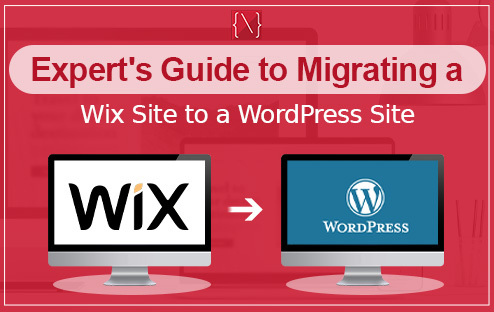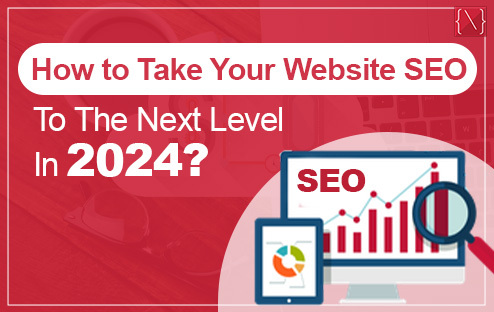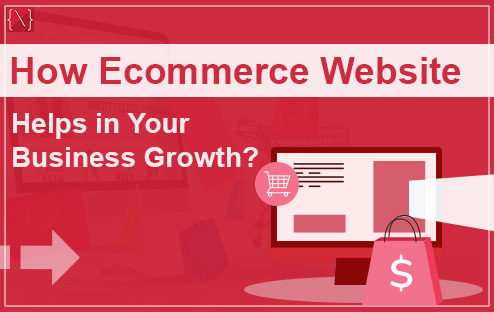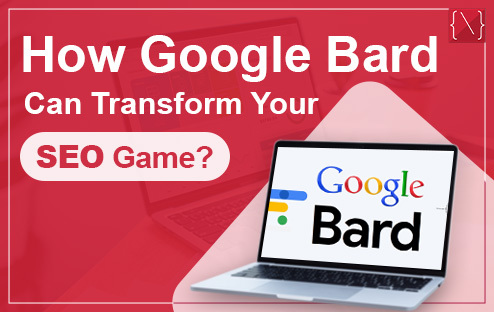Expert’s Guide to Migrating a Wix Site to a WordPress Site
Have you outgrown your Wix website? While Wix offers a user-friendly platform to create websites, it can feel limiting as your needs evolve. WordPress, on the other hand, offers immense flexibility and scalability, making it a favourite among bloggers and businesses alike.
If you’re ready to migrate your Wix site to WordPress, this comprehensive guide will help you with the knowledge and steps to ensure a smooth transition.
Pre-Migration Essentials
Before getting into the details, there are some basic tasks you need to do to make sure your migration plan is strong:-
- Choosing a WordPress Hosting Provider: This is the foundation of your WordPress site. Research reliable hosting providers who offer WordPress-specific plans with features like automatic backups and one-click installations.
- Setting Up a Temporary Domain (Optional): While not mandatory, creating a temporary domain allows you to build your WordPress site without affecting your live Wix site. This is a great option if you want to meticulously craft your new site before making the switch.
- Installing WordPress: Most web hosting providers offer one-click WordPress installations. If not, you can manually download and install it yourself.
- Selecting a Theme: WordPress offers a vast library of free and premium themes that define your site’s look and feel. Choose a theme that aligns with your brand identity and desired functionalities.
- Understanding Permalinks: Permalinks are the URLs for your individual pages and posts. In WordPress, you can customize them for better SEO (Search Engine Optimization). Choose a permalink structure that’s user-friendly and search engine optimized.
Importing Your Wix Content
Now comes the content migration process. Here’s how to bring your valuable content from Wix to WordPress:-
- Utilize the RSS Feed for Blog Posts: Wix websites often automatically generate RSS feeds for blog posts. Locate your RSS feed URL (usually by adding “/feed.xml” to your website URL) and use the built-in WordPress importer to import your posts.
- Manually Transfer Wix Pages: There’s no built-in method to migrate Wix pages directly. You’ll need to recreate them manually in WordPress. Copy and paste the content from your Wix pages, and create new pages within your WordPress dashboard.
- Migrating Images: Download all your images from your Wix media manager and upload them to your WordPress media library.
ALSO READ: Shopify vs WooCommerce: Which One To Choose And Why?
Optimizing Your New WordPress Site
Having your content in place is just the first step. Here’s how to optimize your WordPress site:-
- Install Essential Plugins: Plugins extend the functionalities of your WordPress site. Explore plugins for SEO optimization, contact forms, security, and more.
- Set Up Redirects: If you used custom URLs on your Wix site, you’ll need to set up redirects in WordPress to ensure visitors from old links land on the corresponding pages on your new site.
- Test and Troubleshoot: Once everything seems in order, thoroughly test your WordPress site to identify and fix any broken links, formatting issues, or functionality problems.
- Update DNS Settings: When you’re confident with your WordPress site, it’s time to point your domain name to your new WordPress hosting provider. This involves updating your DNS (Domain Name System) settings, which can be done through your domain registrar’s control panel.
Advantages of Migrating to WordPress
Here’s what you gain by making the switch to WordPress:-
- Greater Control and Flexibility: WordPress grants you complete control over your website’s design, functionality, and content.
- SEO Friendliness: WordPress is well-optimized for search engines, making it easier for your site to rank higher in search results.
- Scalability: As your website grows, WordPress can scale seamlessly to accommodate your increasing needs.
- Plugin Ecosystem: The vast library of plugins empowers you to add a plethora of features and functionalities to your site.
- Open-Source Community: Benefit from the vast knowledge and support available from the vibrant WordPress open-source community.
ALSO READ: How to Develop an Ecommerce Website Using HTML, CSS and Javascript
Conclusion
Migrating from Wix to WordPress may seem difficult at first, but with careful planning and this guide as your roadmap, you can navigate the process with confidence. The newfound flexibility, control, and potential for growth that WordPress offers make it a worthwhile investment for your website’s future.
Read more AJ 14, Salt Lake, Sector 2, Kolkata - 700091 |
AJ 14, Salt Lake, Sector 2, Kolkata - 700091 |  743 Virginia Ave NE Atlanta, GA 30306
743 Virginia Ave NE Atlanta, GA 30306



